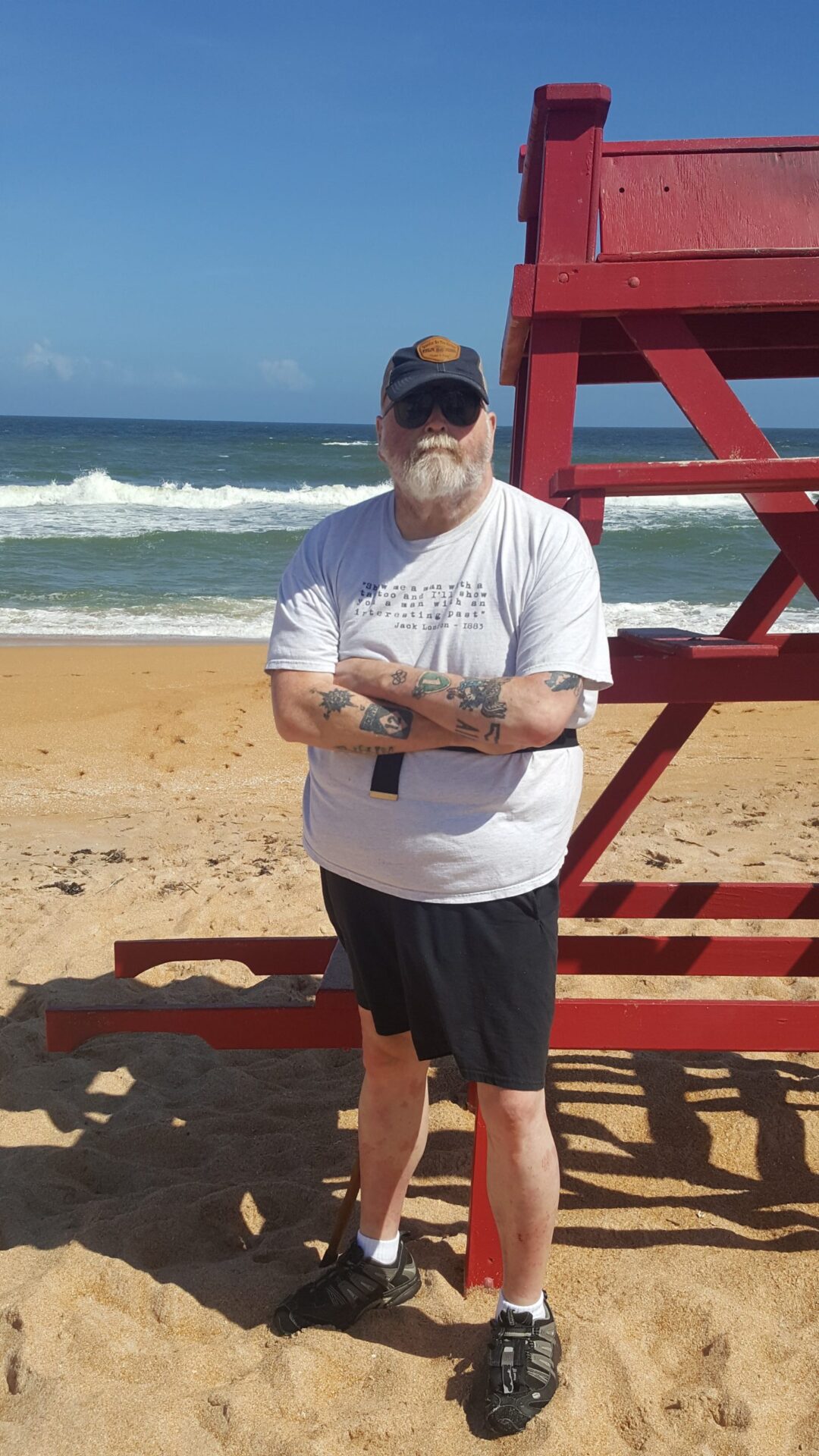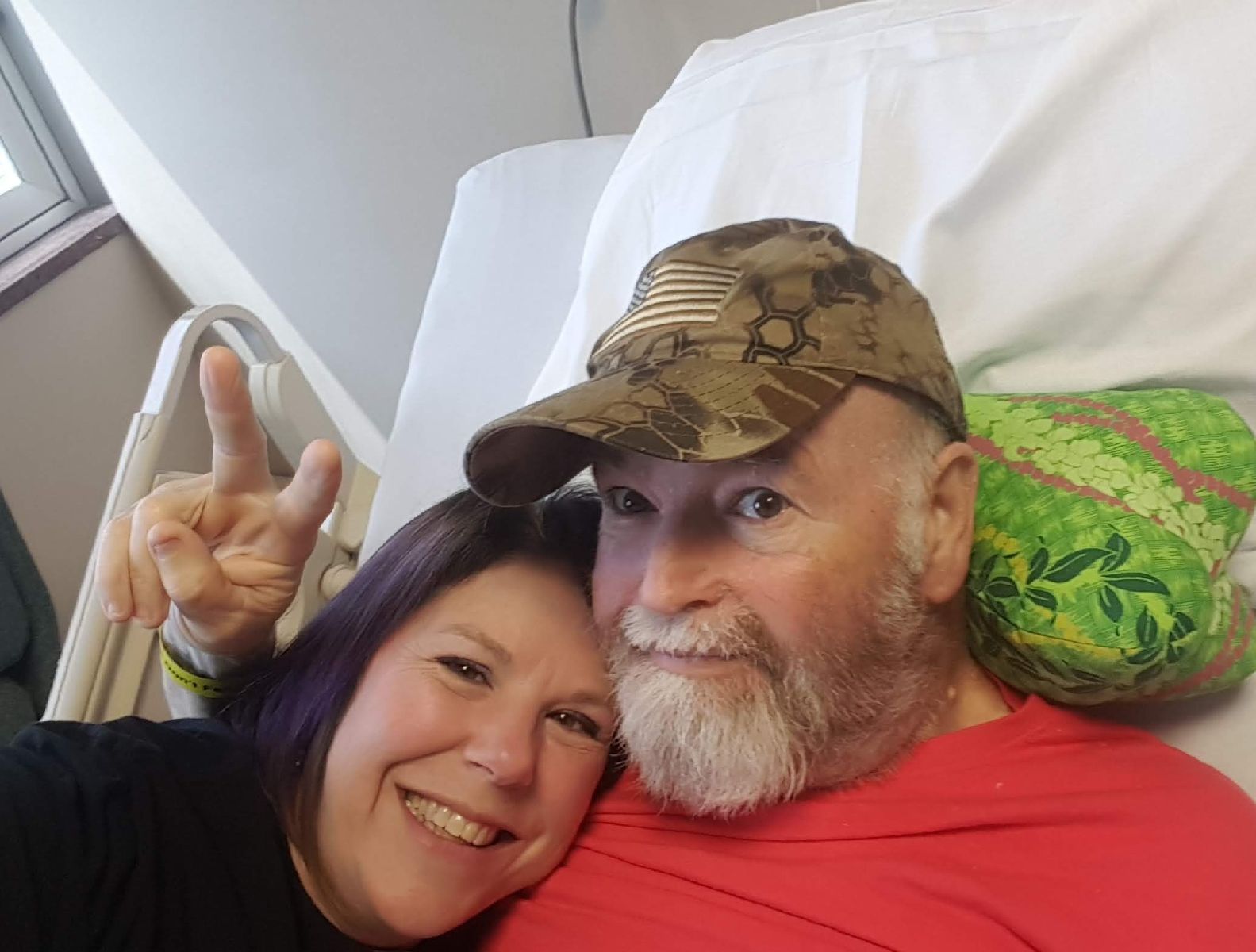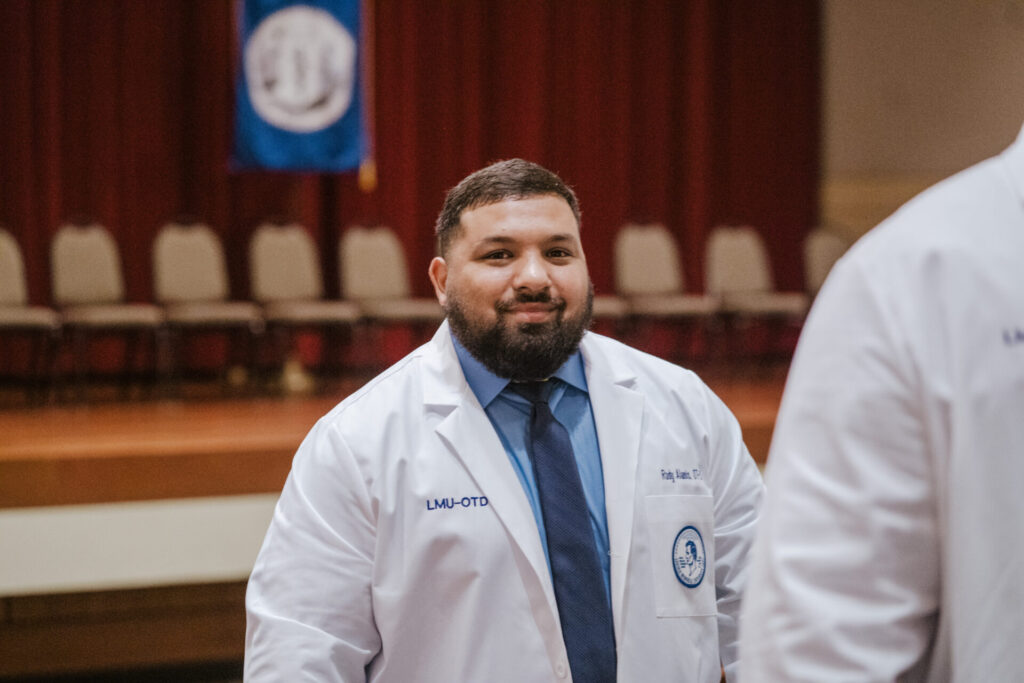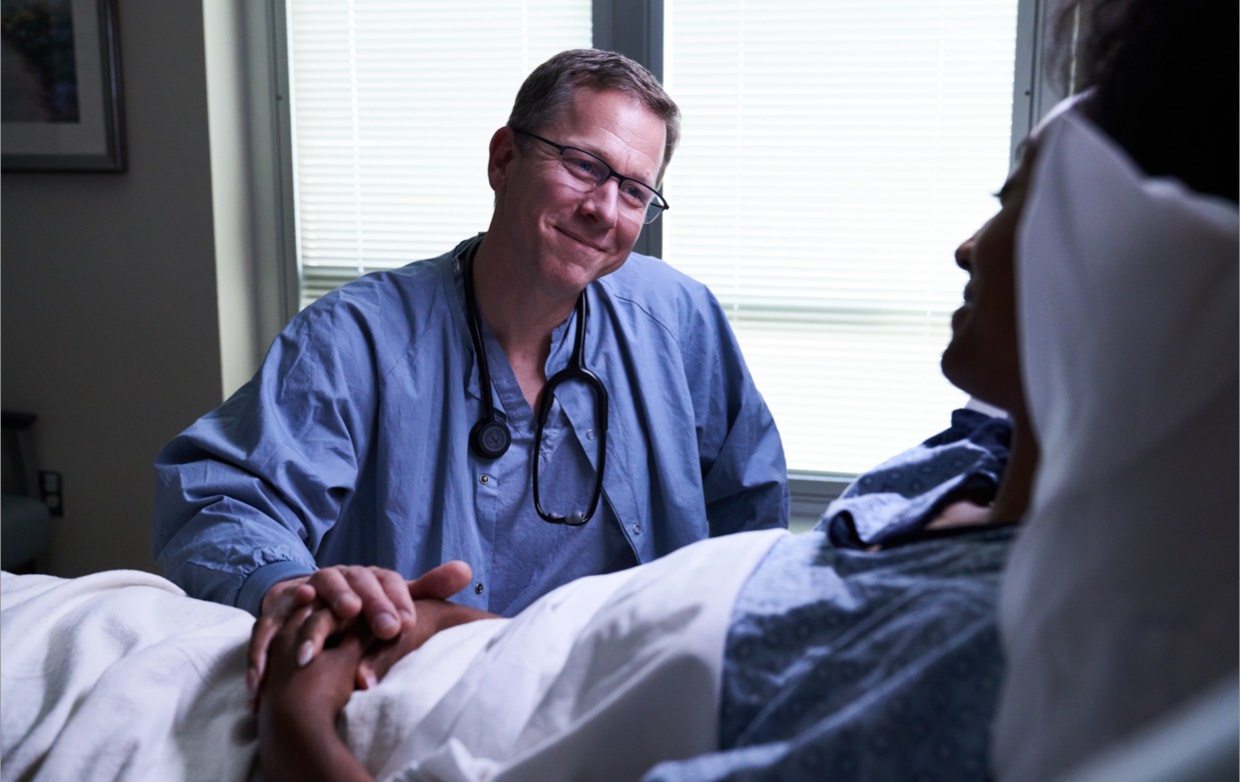- Find a DoctorDoctors by Specialty
- Cardiac Electrophysiology
- Cardiology
- Colon & Rectal Surgery
- Family Medicine
- Gastroenterology
- General & Vascular Surgery
- Gynecological Oncology
- Gynecology
- Infectious Disease
- Internal Medicine
- Interventional Cardiology
- Interventional Radiology
- Nephrology
- Neurology
- Neurosurgery
- Obstetrics & Gynecology
- Oncology
- Oncology & Hematology
- Orthopedic Surgery
- Otolaryngology
- Perinatology
- Psychiatry
- Pulmonary Medicine
- Radiation Oncology
- Rheumatology
- Sleep Medicine
- Thoracic Surgery
- Urology
- View All Doctors
- Our ServicesMedical Services
- Bariatric Services
- Behavioral & Mental Health
- Breast Care
- Cancer Care
- Critical Care
- Ear, Nose, & Throat
- Emergency Services
- Gastroenterology
- Glossary
- Heart Care
- Home Care
- Hospice & Palliative Care
- Imaging & Diagnostics
- Long-Term Care
- Nephrology
- Orthopedics
- Primary Care
- Rehabilitation Therapies
- Robotic-Assisted Surgery
- Sleep Services
- Spine Care
- Stroke Care
- Surgery Services
- Telehealth Services
- Urology
- Urgent Care
- Virtual Urgent Care
- Women’s Services
- Wound Care
- Our Locations
- Patients & Visitors
- About Us

Danny Stines will tell you he has plenty of blessings. After a series of strokes in May of 2019, he’s added Patricia Neal Rehabilitation Center to his list of things to be thankful for.
It happened just a day after Stines was sitting on his front porch with his wife, talking about the blessings they had enjoyed so far. They’d had a good life with some wonderful adventures together and a great family, including a couple of delightful grandkids.
The very next morning, Stines’ blessed world was turned upside down. “I went to sit down and put on my shoes to go to work,” he says. “When I stood up my knees hit the floor, then my head hit the floor.”
Stines was experiencing a stroke. His wife heard the fall and ran to his side. “She helped me up and I tried to walk, but I was kind of wobbly,” Stines says. “We called an ambulance and they took me to the hospital.”
When all was said and done, multiple strokes had attacked Stines’ brain. He started the day getting ready for work and ended the day totally paralyzed on his left side.
“I had three strokes, left side, right side and the rear of my brain,” Stines says. Then with his characteristic humor he adds, “I’m an overachiever.”
Learning to Move
After initial medical treatment, Stines was admitted to Patricia Neal Rehabilitation Center to relearn many daily tasks, like walking and caring for himself. The center has a long-standing reputation for its ability to bring hope to people who are impacted by debilitating brain injuries and strokes. Christy Williams, director of therapy operations, says the care for stroke patients is comprehensive and complete.
“Many of our speech therapists, physical therapists, occupational therapists, physicians, nurses and case managers specialize in the care of stroke patients,” Williams says.
The stroke team meets once a week to discuss progress toward goals and works as a unit to clear the way for achieving the very best patient outcomes possible. Meanwhile, case managers connect with the family and help with preparation for the transition home.
The continuum of care includes everyone involved in the patient’s rehabilitation from start to finish. Patricia Neal offers both inpatient and outpatient care, all housed inside Fort Sanders Regional Medical Center.
“The people there are just amazing,” Stines says. “They’re all so intelligent and caring.”
Stines appreciated not only the expert care and compassion, but also the honesty. “They tell you what the road is going to be and you have to walk it,” he says, “but you never feel like you are alone.”
Blessings Abound

In the first days of rehabilitation, Stines would pray for the ability to move just one finger or one toe. The process of regaining his quality of life didn’t come quickly or easily, but in time he was back home and living life to the fullest again.
“It’s about learning to fight for what you want,” Williams says. “It’s learning that progress is never a straight line moving upward. It’s jagged. You have good days and you have bad days. However, you have to remember to step back, take a wider view, and acknowledge the place from which you started—and then refocus on your goal.”
Today, the only significant lingering effect of the strokes is some vision impairment. Stines says he’s physically able to do just about everything he could do before the strokes occurred.
“I still pray every day and thank God for my blessings,” he says. “I can walk, I can talk, I can hold my grandbabies again. I can dance with my wife, I can feed myself, I can walk the dog – I am doing great!”
Effective rehabilitation takes therapists’ skills and time, and Williams says it’s worth the effort.
“This is a journey that includes some grief brought on by the loss of function, but it can also include discovery. Sometimes patients find something within themselves they never knew existed,” Williams says. “It’s a very rewarding process.”

























